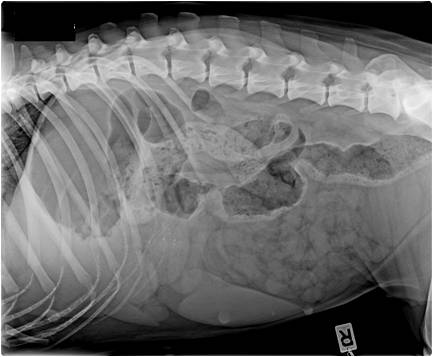DNA DAMAGE IN CANINE TRANSMISSIBLE VENEREAL TUMOR CELLS
Resumo
The Transmissible Venereal Tumor (TVT) has been classified according to the predominant cell type as follows: lymphocytoid, plasmocytoid, and mixed. Various degrees of aggressiveness with large array of biological behaviour have been described according to the TVT cell lineages, the present study was designed to investigate the level of DNA damage in the three TVT cell types aiming a better understanding of mechanisms related to the aggressiveness of this neoplasia. A total of 35 dogs were evaluated, with no restriction regarding sex, age or breed, and with clinical and cytological diagnoses for TVT. Cell samples from the 35 tumoral neoplasmas were obtained by fine needle aspiration and taken to cytology and DNA damage analysis by the comet assay. From the 35 TVT cases, 12 (34.3%) were plasmocytoid, 11 (31.4%) lymphocytoid, and 12 (34.3%) mixed. Statistically significant (p<0.05) higher level of DNA damage was detected in lymphocytoid TVT cells when compared to the other two types.


